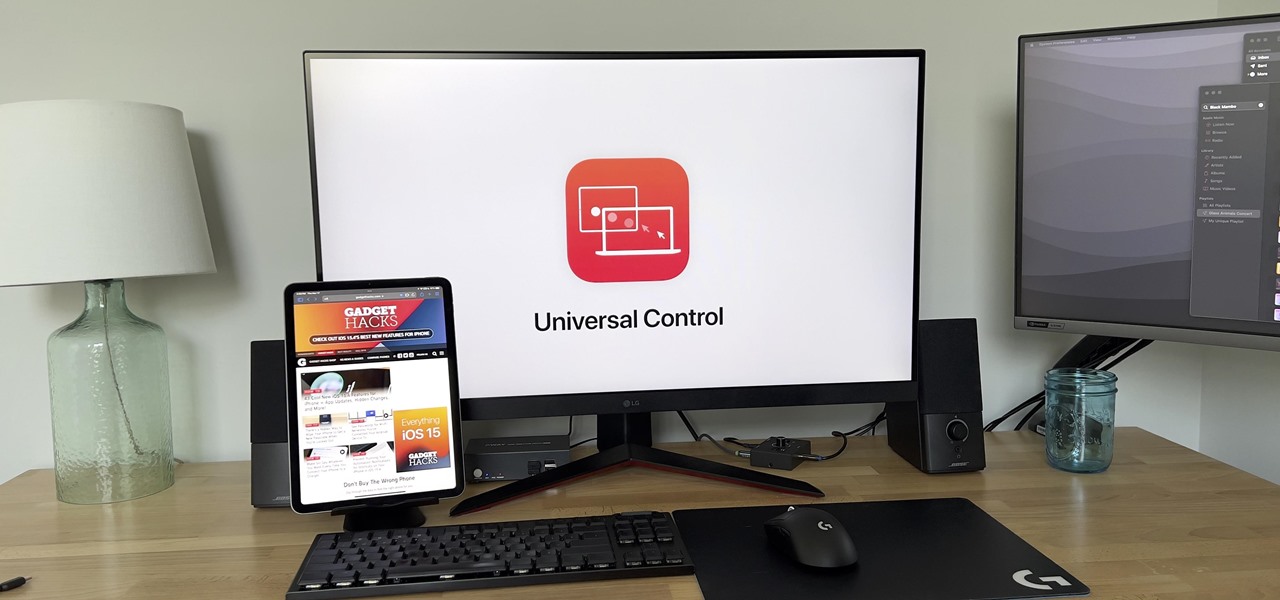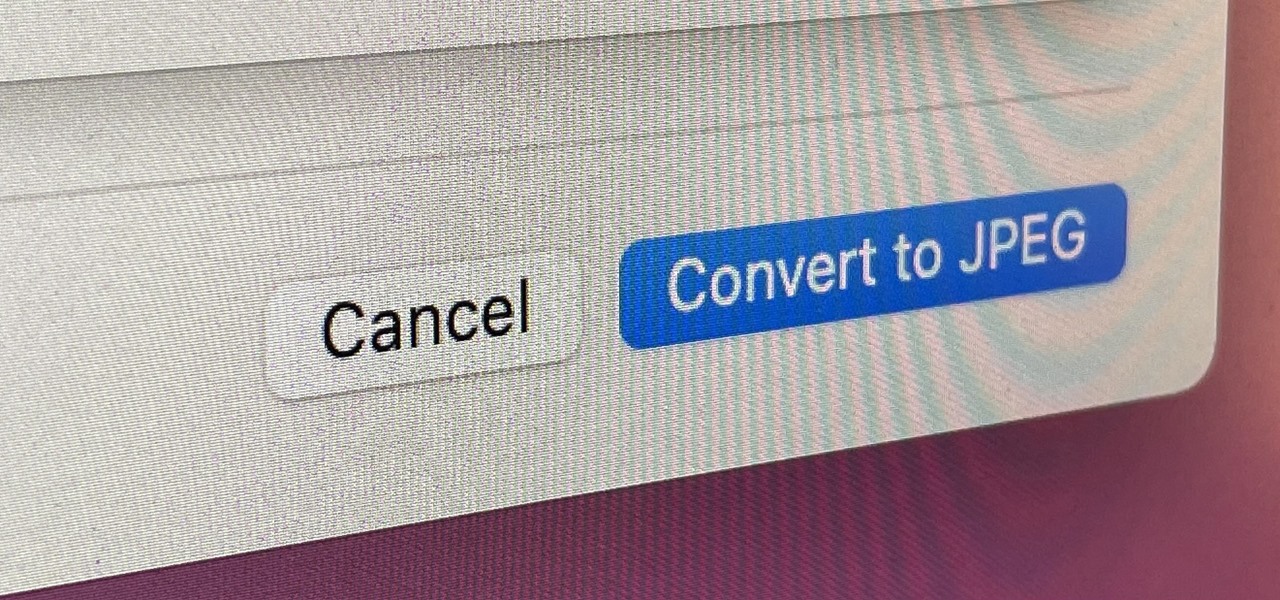Windows Recall Is Back to Record Your Computer Usage: Here’s How To Opt Out
Windows 11
Key Takeaways
- Windows Recall records and stores your activity, which raises serious security concerns.
- You can disable Windows Recall during installation or through the Windows Settings app.
- Being aware of privacy risks can help you manage data exposure. Be sure to review your apps so that you can adjust privacy settings as-needed.
Windows Recall is back in the latest Windows 11 update, which is presently rolling out to the public. While Microsoft has beefed up the security around the controversial feature, you may still prefer to keep it turned off.
What is Windows Recall?
Windows Recall is a new Windows 11 feature that records everything that you do on your PC so that you can search it later. For example, by constantly recording your screen, this AI-powered tool can pick up conversations from an instant messaging app, and include the contents of those conversations in search results.
While this is kind of cool and definitely useful, it comes with one big drawback: when Recall is enabled, everything you do on your Windows 11 PC is recorded. Bank account numbers, sensitive legal documents, private photos, saucy gossip… All of it is recorded and stored on your computer.
The initial release of Windows Recall made news because it stores all of this data in a way that made it easy for any app to get access to it. This was a security concern even for users who weren’t really worried about their privacy: if Windows Recall data was breached, an attacker would have access to your entire digital life, including information to help them get access to social media accounts, bank accounts, and most anything else.
Microsoft Has Addressed Some of the Security Concerns, but It’s Still a Privacy Problem
Microsoft has addressed the security concerns with Windows Recall by encrypting the data it records, securing it during processing, as well as letting users filter out specific apps and websites from being monitored.
However, you still might be uncomfortable with the privacy aspect: You’re still being recorded, someone still could get access to that information if they get access to your device or account, and it is a hassle to remember to turn Recall off if you are about to log into your bank account or discuss a sensitive topic.
How To Turn off Windows Recall
Windows Recall is only supported on Windows Copilot+ compatible PCs (so you might consider yourself lucky if you aren’t running the latest and greatest).
When you set up a new Windows 11 device, you can disable Windows Recall during the installation process by clicking “No, don’t save” when asked if you want to start saving snapshots of your screen for Recall:
Windows Recall is rolling out to all compatible Windows 11 devices as part of the 24H2 update. To disable it on your current device, go to the Settings App, navigate to Privacy & Security > Recall & Snapshots, then turn off “Save Snapshots“. You can also delete any snapshots that have been taken so far by clicking “Delete Snapshots” and then “Delete All.”
Privacy Controls Only Work if You’re Aware of Them
Users are becoming increasingly aware of the privacy risks posed by the apps and websites they use. While most products record your data to provide enhanced functionality (usually with some aspect of it being AI powered), it can increase the amount of private information that could be exposed in the event of a data breach, and may not be worth the extra convenience.
If you are concerned about your online privacy, you should periodically check the apps and services you use and see if they’ve added any new features that may impact it, and turn off any features that you aren’t comfortable with. You should also use tools to help you browse the web with more privacy, and take measures to improve your cyber security.

















